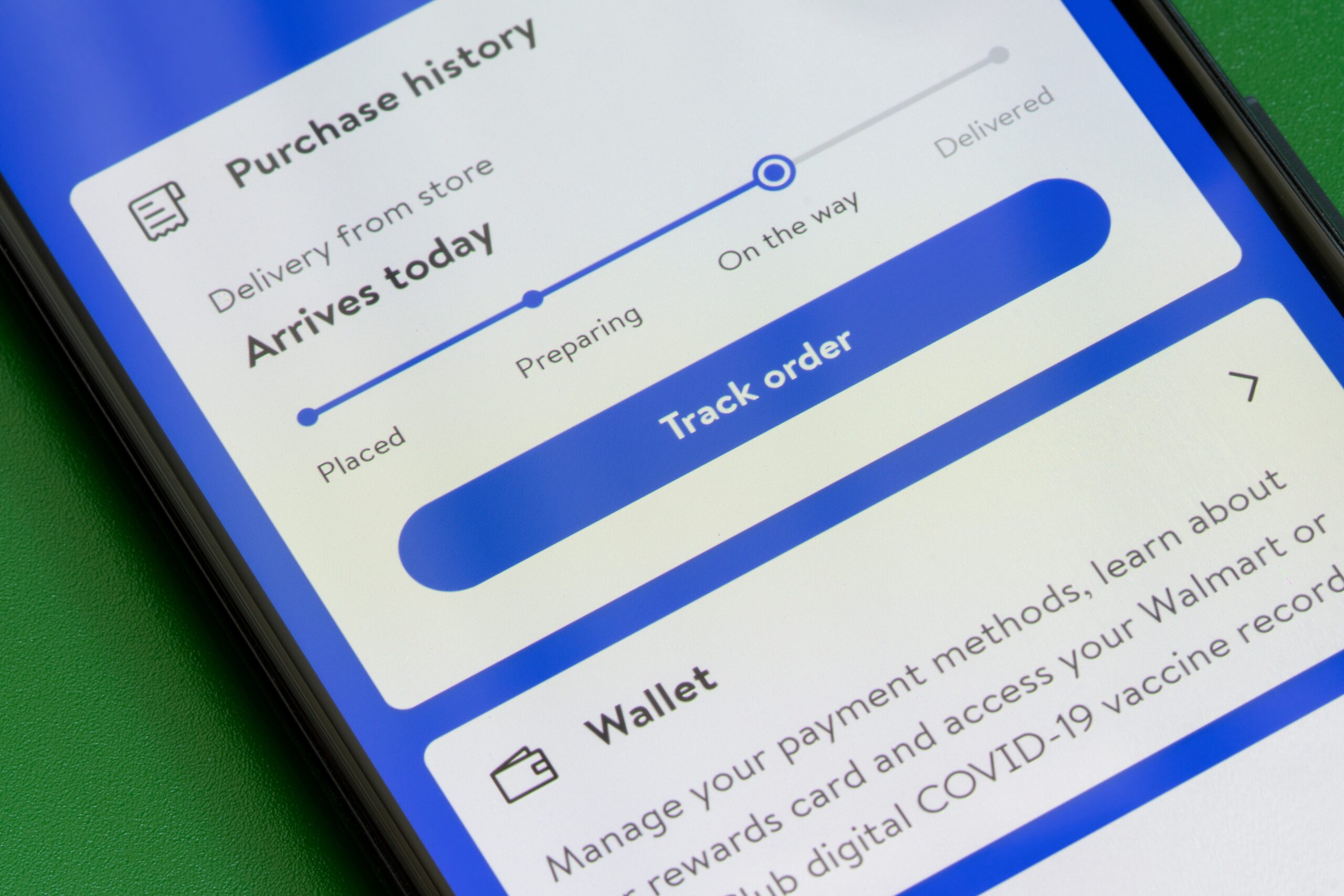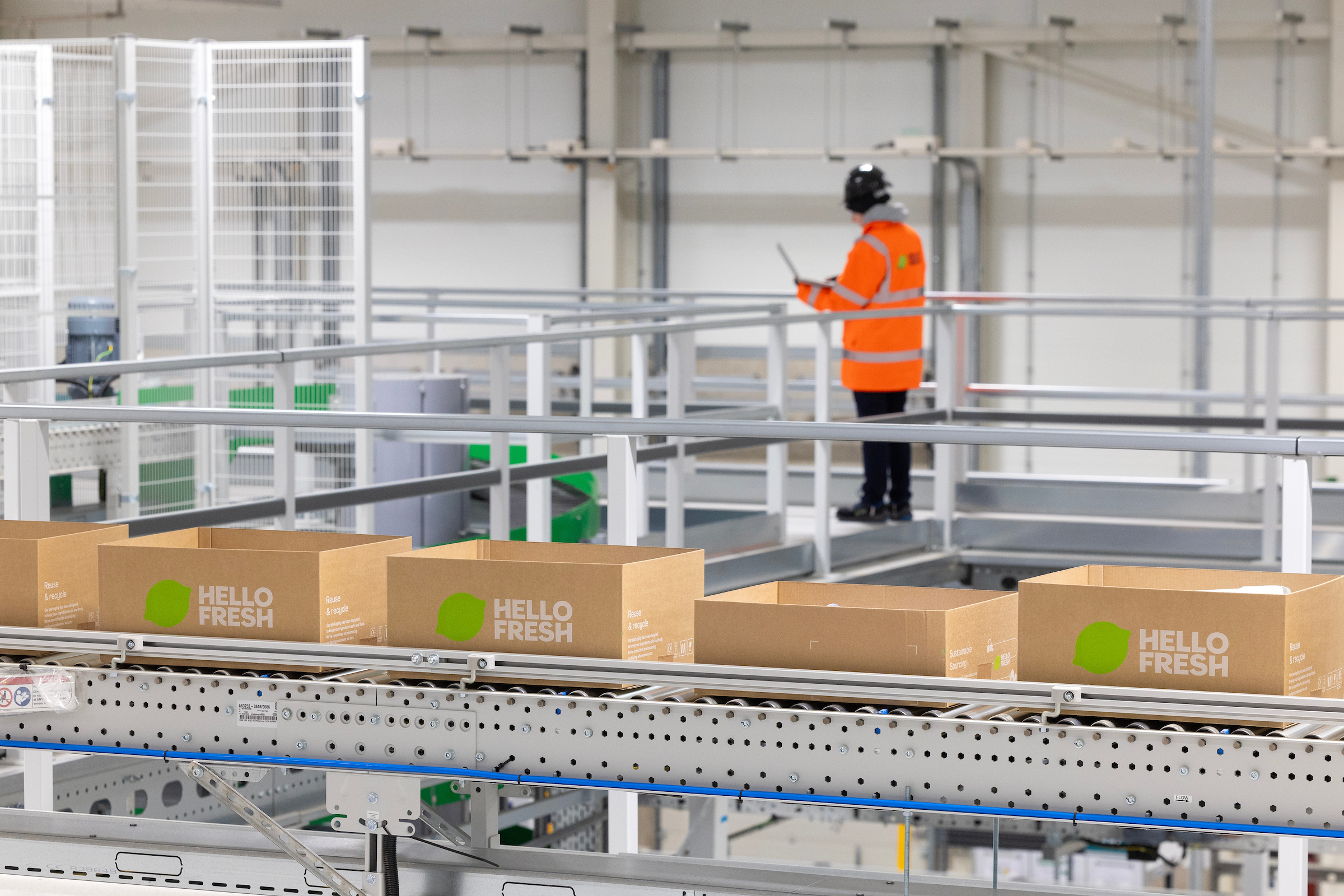Internet Retailing asked four retail experts to take a look at Houseoffraser.co.uk and give readers insight into the retail strategy, site performance, usability and customer experience.
Retail Strategy
Emma Robertson, Director, Transform
House of Fraser (HoF) is clearly putting multichannel front and centre of their growth strategy. They have already seen strong growth in online, reporting 107% YOY sales uplift in their recent annual report, against a total company performance of +5.3%; both figures representing significant performance in the current retail climate.
HoF has indicated its ongoing intention to drive its multichannel offer, with investment in both the front-end customer proposition and the back-end supporting infrastructure. From a customer perspective there are three key areas of development:
Firstly, House of Fraser has re-launched its website, with a new brand focused approach. This directly reflects another key area of the HoF growth strategy, increasing the number of brands available to more than 1,000 and developing exclusive House brand propositions spear headed by high profile deals with Biba and more recently Mary Portas.
Secondly, HoF continues to develop its relationship with eBay as its primary outlet channel, and has focused on delivering a HoF brand experience within the eBay outlet platform, rather than anonymously dropping product into the fashion outlet under the product brand name.
Finally,alongside an ongoing store refurbishment programme HoF has made more headlines with the launch of its “Buy and Collect” concept store in Hammerson’s Aberdeen shopping centre.The concept store features iPads, computers and interactive screens enabling customers to buy online for delivery to home or store.
All of this has been supported by an £85m deal with DHL to extend their supply chain distribution deal, opening a new warehouse in Wellingborough. House of Fraser has used the opportunity to split the operation, supporting store supply and replenishing out of Wellingborough and turning the existing Milton Keynes site into a dedicated online DC.
HoF continues to operate in a challenged market, facing off competition from department stores alongside brand direct sales. In this context retailers have to go to market with a strong brand and proposition mix that continues to add value to the customer experience.With the current investment HoF is making in multichannel it looks well placed to face this challenge.
Usability
Mark Westwater, Senior Usability Consultant, User Vision
Since our last review in 2009 there have been changes to the House of Fraser site including an even more promotions-led homepage.Unfortunately the method of click through does not stand out, rendering the promos fairly ineffective.A subsequent impact is that useful options such as the customer panel sign-up and social network integration is lost down at the foot of the page. In this age of crowdsourcing, this is an opportunity missed.
The changes to information architecture are merely cosmetic as the primary navigation options available in 2009 can now be accessed via a mega-menu rollover.What is provided is brand-led navigation rather than a department or gender-led journey.
The search auto-suggest function (including the number of items available) aligned with the House of Fraser brands works excellently. Also incorporated is the ability to search by product code. Drilling down into the product pages there are a number of important features adding to the positive shopping experience:
- The faceted navigation (price and colour) is helpful (size is manipulated at product level).
- Firstly, the multiple views of clothing provide a more holistic view of the product.
- Retention and upselling is provided via both ‘Your viewed items’,‘More from this brand’ and ‘Just In’ options.
The provision of a‘Your Style’ navigation option is a little misleading as it is essentially latest news and blog content.This section does provide some useful ‘How to’guides such as buying a suit for the right occasion.However, there is a missed opportunity to provide a more personalised service.
Overall, most of the other positive features have been preserved but little has been added to improve the customer experience. It could be argued that if it is not broken why fix it? However, the site implementation could be further enhanced to provide retention via a more personalised solution.
Eye Tracking Analysis
Guy Redwood, Managing Director, SimpleUsability
We asked participants to find a gift on the House of Fraser website. From the homepage, eye tracking showed us that users were attracted to the ‘Shop by department’ tab. From there, the different user’s strategies were to search by gender to find a suitable gift.One user failed to notice the gift section within the ‘Shop by department’ tab because they hadn’t associated gifts with a department.The user thought that ‘Your style’was more of an appropriate area to find gifts or they expected to find a separate gift section alongside ‘Your style’.One user saw‘Gifts & wedding’within ‘Shop by department’ but chose not to click on this because they thought it would take them to the wedding gift section.
When searching for products, some users,who searched for ladies’handbags,were surprised when the individual images of the handbags changed as they hovered over them.Users weren’t expecting this to happen and didn’t think it was necessary. One user clicked on the option to change the colour of a man’s shirt to red and expected the bigger product image located at the top of the page to change rather than taking you to a new page. Users also struggled to zoom into the bigger image.One user tried to click into the centre of the image rather than clicking on the zoom link below, and one user didn’t notice the zoom link below the image at all.
Eye tracking showed us that all users read reviews of the gifts they were interested in buying,one male user was keen to read reviews from females who had bought a particular handbag to gain reassurance that he was making the right purchase. Overall, users navigated to products of interest with ease,but struggled with areas of the website that were designed differently to their normal browsing experiences i.e. the display of images and use of the zoom photography on other ecommerce websites.
Site Performance
David Flower, VP EMEA, Compuware APM
It was interesting to note that despite the relatively poor performance of its website during our test phase, online sales at House of Fraser enjoyed more than 100% growth in the first half of its financial year.One wonders how many more sales the company’s website could have generated if its website was performing to its full potential.
Using the Gomez performance network we measured how the site fared on the Internet Backbone via the datacenters of some of the UK’s largest ISPs including Cable & Wireless, Global Crossing and Telstra.With an average response time of 2.67 seconds, it finished in 39th position out of 52 online retailers in the Gomez benchmark.
House of Fraser’s website scored poorly from a consistency point of view too – ranking 38th out of the 52 retailers.The lack of consistency was caused by the fact that the website slowed down at almost the same time every day during this test. Using a waterfall chart (which visualizes the sequence in which the home page is downloaded) it was clear that the performance of the website was seriously impacted by a number of third party objects that were feeding into the homepage.These objects, used to analyse how visitors interact with House of Fraser’s website,were adding as much as 6 seconds to the home page response time.A possible way forward might be to reconfigure the website, changing the order with which the site’s objects download.Moving these “analysis” objects to the end of the download sequence would prevent other objects from being ‘blocked’and as a result the end-user would not be affected by any slow-down.
From the Last Mile of real-users’ desktops,House of Fraser’s website performed well in terms of availability.With a 97% success rate it finished 5th in the benchmark.However,with a response time of over 6 seconds, it could only manage 40th out of 52,well below the benchmark average. Drilling down into the response time result,we could see that between the hours of 7pm and 11pm each day traffic to the site was at its heaviest.The fact that the connection times were consistent but that the server ‘thinking’ time was prolonged, indicates that there is a bottleneck on the House of Fraser infrastructure and it has trouble coping with the high volume of users.
GOMEZ SCORES HOUSEOFFRASER.CO.UK 2.5 STARS OUT OF 5 MADE UP OF THE FOLLOWING:
Availability on Last Mile Score: 24 out of 25
Response Time on Last Mile: 6 out of 25
Consistency on Backbone: 4 out of 15
Competitiveness on Backbone: 4 out of 15
Browser Support: 20 out of 20
Total 58 out of 100





